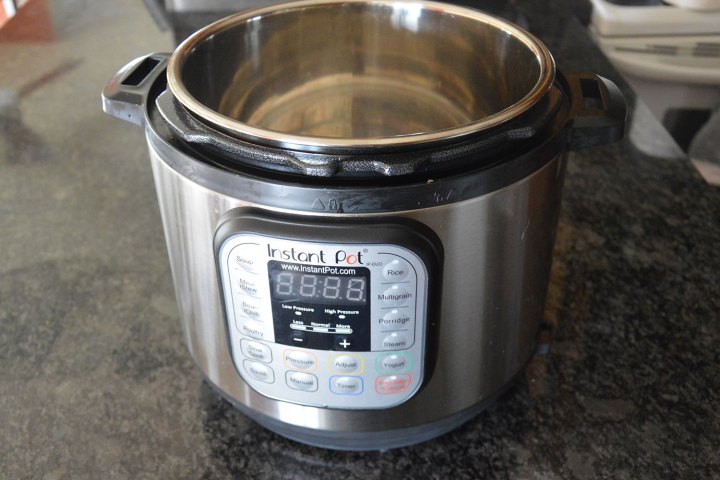The Instant Pot has been an instant hit among amateur cooks and experienced home chefs alike, and now, it may have solidified its position as the single most important appliance in your kitchen. At least one innovative culinary mind has managed to turn his Instant Pot into a home brewing machine. Because why pay thousands of dollars for such a contraption when you can just use your handy dandy all-purpose cooker?
The idea for using the Instant Pot for brewing purposes has been brewing (sorry, couldn’t resist) for a while now. Back in 2017, a few folks took the online forum Home Brew Talk to discuss the possibility of using pressure cookers in making their own alcoholic beverages. But now, a man in New Jersey has actually walked the walk.
As outlined in a post on FoodnService, David Murphy (otherwise known as your new best friend), discovered that he could indeed ferment wine in his Instant Pot. Murphy started by sanitizing his Instant Pot with a tablespoon or bleach and a gallon of hot water, and allowing this concoction to sit in the cooker for 30 seconds. Then, after rinsing, he simply threw in the ingredients, which for his recipe, were Welch’s Grape Juice, sugar, and red wine yeast. Other necessary materials included a funnel, clear packing tape, and of course an Instant Pot, but specifically one with a Yogurt Function.
The actual making of the wine seemed to be straightforward enough — just let the Instant Pot work its magic, and exercise a lot of patience. In fact, the pressure cooker will need to be on for a full 48 hours, and after that, Murphy suggests waiting for a month before actually breaking into your wine. That said, Murphy himself only waited eight days before allowing himself a pour.
So how did it taste? While we certainly won’t expect Instant Pot wine to be winning any awards anytime soon, Murphy noted that it was “so much better than some of those cheap bottles of wine that I’ve bought. Dare I say, even better than the 2 buck Chuck from Trader Joe’s.” While that’s not exactly a high bar to set, it certainly seems like a fun experiment to run at home.



